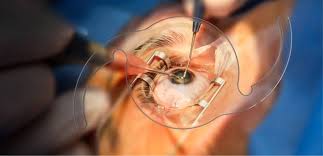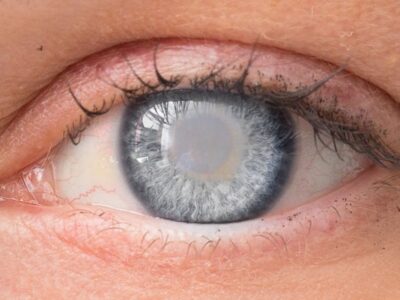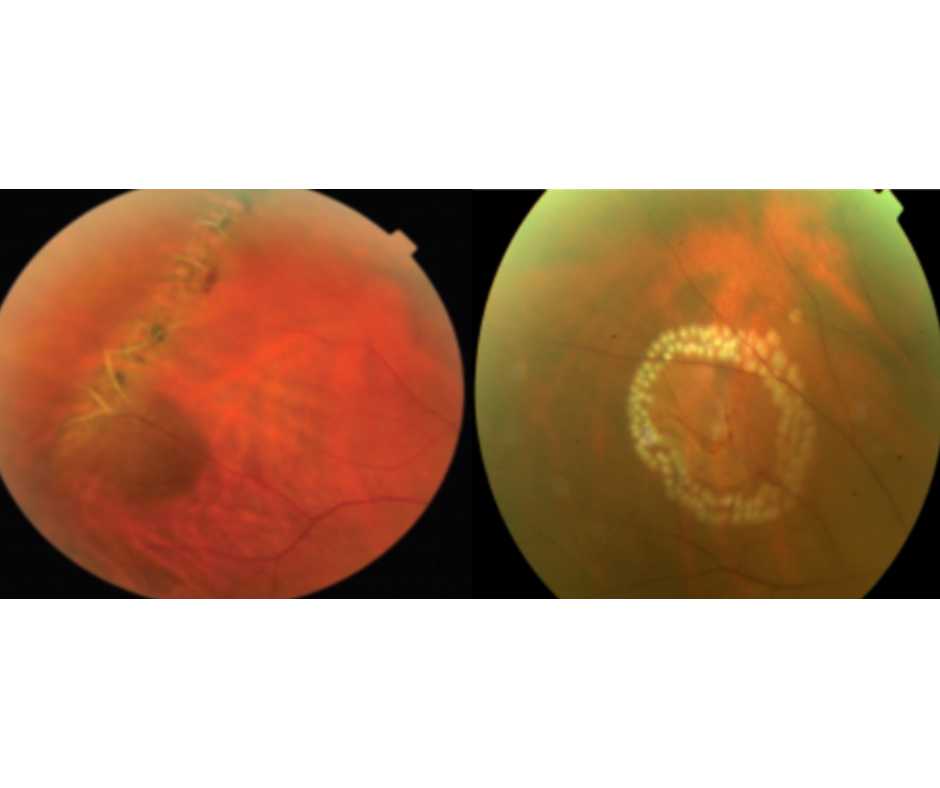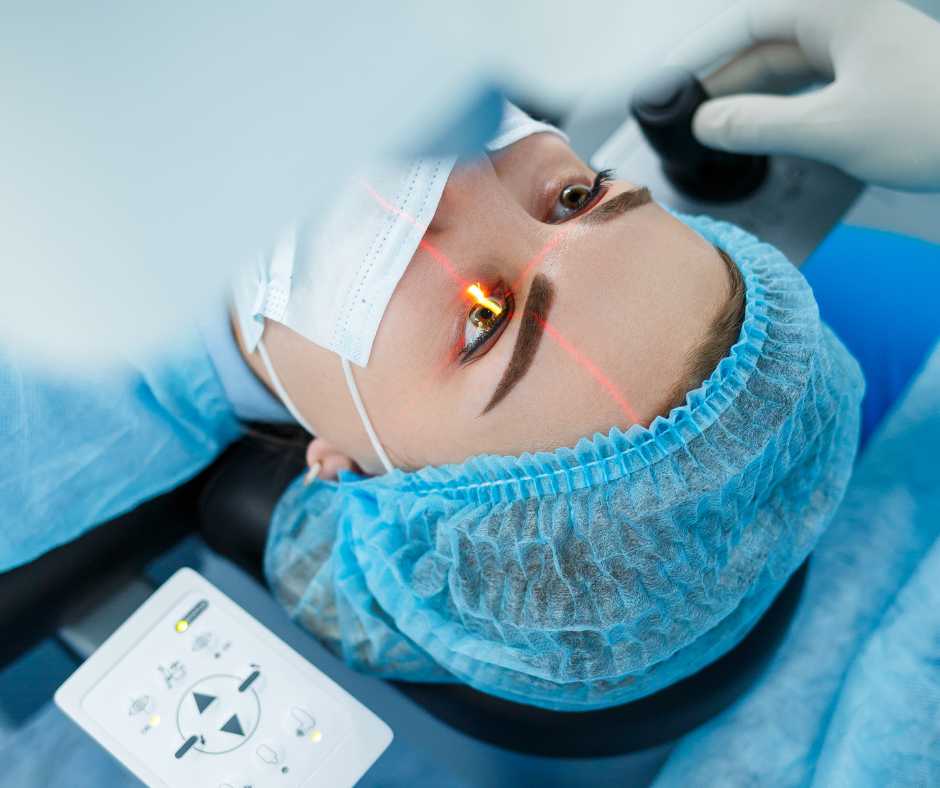Introduction
Thinking about ditching glasses and going lens-free? LASIK eye surgery is one of the most popular and effective ways to improve vision permanently. But one thing that often holds people back is time—how long does LASIK take from start to finish? Whether you’re planning for the procedure, worried about downtime, or just curious, this guide covers everything you need to know about the LASIK timeline.
Understanding LASIK: The Basics
What Does LASIK Stand For?
LASIK stands for laser-assisted in situ keratomileusis. Don’t let the name scare you—it’s just a fancy term for using a laser to reshape your cornea, the clear front surface of your eye, to correct vision problems. The “in situ” part means it’s done “in place,” without removing tissue.
How LASIK Corrects Vision
LASIK works by reshaping the cornea to change how light enters your eye and focuses on your retina. When the shape is off, you get blurry vision. A precise laser removes microscopic layers of tissue to refocus light perfectly.
Imagine your eye like a movie projector. If the lens is warped, the image will be fuzzy. LASIK fine-tunes that lens so the picture is crisp again.
Types of Refractive Errors LASIK Can Treat
- Myopia (Nearsightedness): You see close objects clearly, but distant ones are blurry.
- Hyperopia (Farsightedness): You see far objects better than close ones.
- Astigmatism: Your eye has an irregular shape, causing distorted or blurred vision.
- Presbyopia (age-related vision): LASIK can help with reading vision, though not everyone is eligible.

Timeline Overview: How Long LASIK Surgery Really Takes
So here’s the short answer: the actual LASIK surgery takes less than 15 minutes for both eyes. But the total journey includes consultation, testing, post-op care, and healing.
- Consultation: 1–2 hours
- Surgery time: 10–15 minutes
- Rest immediately after surgery: 30–60 minutes
- Recovery time (initial): 24–48 hours
- Full visual recovery: 1 to 3 months
Detailed Breakdown of the LASIK Procedure
Pre-Operative Phase (15–30 Minutes)
On surgery day, you’ll go through some final steps before entering the LASIK suite:
- Eye drops to numb your eyes
- Final checks by your surgeon
- A lid speculum placed to gently keep your eyes open
This part is relaxed and painless. You’ll be awake, and your surgeon will talk you through every step.
Surgical Phase (10–15 Minutes Total)
Let’s break this down further:
Creating the Corneal Flap
The surgeon uses either a microkeratome blade or femtosecond laser to create a thin flap on the cornea. The flap is gently raised to reveal the tissue beneath.
Laser Reshaping
An excimer laser then reshapes the corneal tissue based on your exact prescription. This step is very fast, often under 30 seconds per eye.
Repositioning the Flap
The flap is gently put back into place—it naturally sticks without the need for stitches or glue.
Immediate Post-Op Monitoring (30–60 Minutes)
After surgery, you’ll rest in a quiet recovery area. Nurses will check your vitals, and the surgeon will examine your eyes one last time before you go home with post-op instructions and medications.

Factors Affecting the Time Taken for LASIK
Surgeon’s Experience
An experienced surgeon performs the procedure more efficiently, reducing the chance of delays and ensuring better outcomes.
Technology Used (Femtosecond Laser vs. Traditional)
Femtosecond lasers (used in bladeless LASIK) offer more precision and reduce the time needed for flap creation, making the procedure faster and safer.
Complexity of the Patient’s Eye Condition
If you have irregular corneas, high prescriptions, or previous surgeries, additional prep or custom settings may be needed.
Recovery Timeline After LASIK
24 Hours
- You may feel mild irritation, dryness, or tearing.
- Vision will be blurry at first but will improve rapidly.
- Most people notice dramatic vision improvement by the next morning.
First Week
- Avoid rubbing your eyes or applying makeup.
- Use prescribed drops regularly.
- You’ll likely return to work within 2–3 days.
First Month
- Your vision continues to stabilize.
- Night glare and halos may still occur but usually fade.
- You may still need lubricating drops.
Long-Term Stabilization
- Most patients reach stable 20/20 vision within 3 months.
- Occasional follow-ups ensure everything is healing correctly.
What to Expect During Your LASIK Appointment
Eye Mapping and Diagnostic Tests
Using high-tech tools, your surgeon maps your corneal surface and thickness, measures your prescription, and checks for dry eyes or other conditions.
Discussing Expectations and Risks
Your surgeon will walk you through possible outcomes, side effects, and what vision you can realistically expect after LASIK.
Step-by-Step Walkthrough
You’ll be told exactly what to expect on surgery day—from prepping your eyes to post-op rest and follow-up care.
Is LASIK a one-time visit procedure?
Do You Need Follow-Up Appointments?
Yes. You’ll need to see your surgeon the next day and then usually at 1 week, 1 month, 3 months, and 6 months to make sure healing is on track.
Enhancement Surgery—When and Why?
If your vision isn’t fully corrected, a small number of patients (1–2%) may need an enhancement after a few months.
How to Prepare for Your LASIK Surgery
Stop Wearing Contacts Beforehand
Contacts can alter the shape of your cornea, so
- Soft lenses: stop wearing 1–2 weeks before
- Hard lenses: stop 3–4 weeks prior
Arrange Transportation
You cannot drive home after the procedure, so have a friend or family member with you.
Avoid Makeup and Lotions
Skip makeup, perfumes, creams, and facial products for at least 24 hours before surgery to prevent contamination.
Tips for Faster Recovery
Use Medications as Prescribed
Your eye drops prevent infection and dryness. Stick to your prescribed schedule without skipping doses.
Avoid Rubbing Your Eyes
Even if they itch—it’s a big no. Rubbing can dislodge the healing flap and cause complications.
Protect Your Eyes from Dust and Light
Wear sunglasses outside and even indoors if you’re sensitive. Your eyes are vulnerable to UV rays and particles.
Common Myths About LASIK Surgery Timing
“It’s an all-day procedure.”
Nope! Most people spend under 2 hours at the clinic, including prep and recovery. The surgery itself? Barely 15 minutes.
“Recovery Takes Weeks”
Not true. Most people are back to daily life in a day or two, and full visual clarity is typically achieved within a few weeks.
Comparing LASIK to Other Vision Correction Options
PRK vs. LASIK—Which is Faster?
- LASIK: Faster healing, less discomfort, quicker results.
- PRK: Longer healing (5–7 days), but good for people with thin corneas.
SMILE vs. LASIK —Time & Healing
SMILE is even less invasive than LASIK. No flap is created, and recovery is slightly quicker with fewer dry eye complaints.
Final Thoughts—Is LASIK Worth Your Time?
LASIK isn’t just fast—it’s life-changing. With high success rates, minimal downtime, and long-term benefits, it’s a small investment of time with massive rewards. If you’re a good candidate, LASIK could be one of the best decisions you’ll ever make for your vision.
Conclusion
So, how long does LASIK eye surgery take? In surgical terms, it’s over before you know it—just 10–15 minutes for both eyes. But the process also includes consultation, healing, and follow-ups. In total, expect a few hours on surgery day and a few months of healing. But once your vision clears, you’ll realize that the time spent is nothing compared to the lifetime of clear sight ahead.
Author Details:
Dr. Sushruth Appajigowda holds a prominent position as a cornea, cataract, glaucoma, and LASIK surgeon in Bangalore. He serves as the chief cataract and refractive surgeon at Vijaya Nethralaya Eye Hospital, Nagarbhavi, Bangalore. Renowned as one of the finest LASIK surgeons nationwide, he brings with him over 12 years of experience across multiple LASIK platforms, including ZEISS, ALCON, SCHWIND, AMO, and Bausch and Lomb. Having successfully conducted over 5000 LASIK procedures, Dr. Sushruth holds the title of a Certified Refractive Surgeon and a Fellow of the All India Collegium of Ophthalmology. Furthermore, he stands as a distinguished speaker at various national and international forums, using his expertise to guide you in selecting the most suitable procedure based on your health requirements.

http://vijayanethralaya.com/link-in-bio/
FAQs
1. How long does it take to recover full vision after LASIK ?
Most people see significantly better within 24–48 hours. Full stabilization can take up to 3 months.
2. Is LASIK done in both eyes at the same time?
Yes, it’s safe and standard to treat both eyes during the same appointment for balance and convenience.
3. Can you drive home after LASIK surgery?
Nope. Vision is blurry immediately after. Always bring someone to drive you home safely.
4. How soon can you return to work after LASIK?
Most patients are back to work in 1–3 days, depending on how visually demanding their job is.
5. Are there long-term time commitments after LASIK ?
After the initial check-ups, you’ll just need routine eye exams like anyone else. The freedom from glasses is long-lasting.












